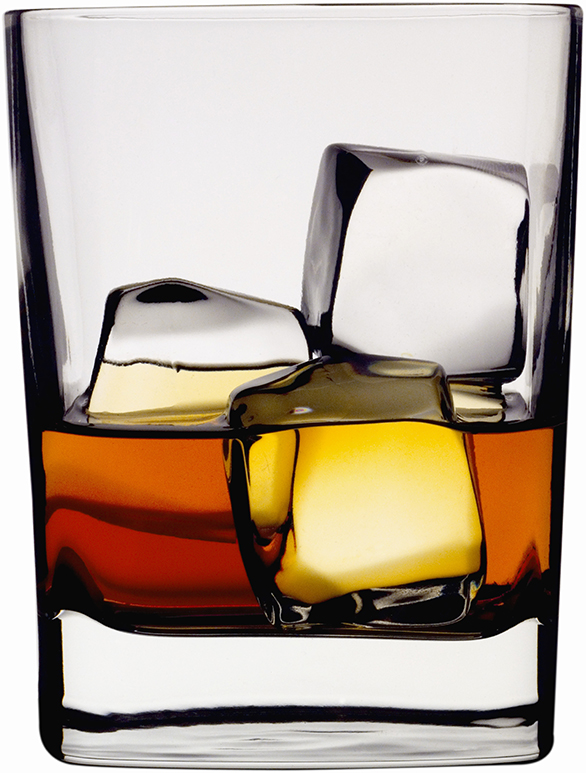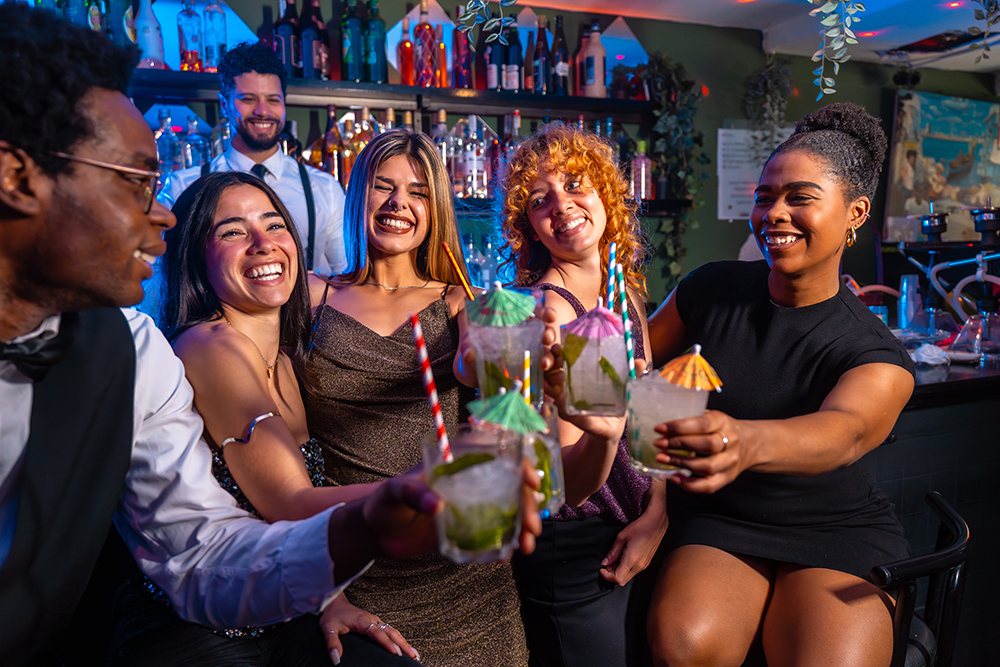I was recently out with my regular imbibing posse at one of those fancy cocktail bars where every drink costs $18 and requires 20 minutes to prepare, wondering about how my poor life choices had led me so far astray from the halcyon days of my squandered youth, when a cheap bottle of beer or glass of plonk wine would fill me with glee. The bartender with the twirly mustachio and old-timey suspenders with sleeve garters shook me from my reverie, asking if I wanted red or white Vermouth in my cocktail.
For those not familiar with Vermouth, it comes from the German word vermut, which you may know as wormwood, also famous as principal flavoring agent in Absinthe, until it was declared poisonous.
Like many other spirits, Vermouth began as a medicinal potion in the 12th century. The Italians claim to have invented it by steeping herbs and flowers in a red wine, while the French make the same claim, only using white wine as the base.
All styles of Vermouth start with an aromatised wine. Herbs, flowers, and spices are ground up and added to a wine base, which is left to age for a few years to infuse the flavor. A grape-based distillate is then added to increase the alcohol content up to around 19%.
The French style of Vermouth is the most popular worldwide, and is also widely known as dry or white Vermouth. This is the Vermouth you will find in your martini. The Italian style of Vermouth is based on a red wine, and is much sweeter than French Vermouth. You will find this style in sweeter drinks like a Manhattan. While there was fierce rivalry between the French and Italian producers in the 1700’s, most Vermouth companies today offer both styles.
For the early years of my tippling career, I was under the impression that all Vermouth was white, until I stumbled into a tiny bar in Madrid while on vacation, which poured both red and white Vermouth directly into the glasses of eager patrons from spigots in the large wooden Vermouth barrels that made up the entire wall behind the bar. It was in this century-old bar that I developed a taste for red Vermouth, which has been produced in Spain since the 18th century. The Spanish style of Vermouth tends to be a bit sweeter than their French or Italian counterparts, and is typically served with 2-3 ounces poured over ice cubes, often paired with delightful little tapas like olives or salted fish.
Unlike other spirits, there is no specific recipe for Vermouth, so different brands can vary widely in flavour. Some of the more common botanicals used to add flavour to Vermouth include cloves, cinnamon, quinine, ginger, wormwood (in tiny quantities), coriander, and rosemary. There are dozens of Vermouth producers in France and Italy, but they only export a few brands to North America, so our experiences are somewhat constrained by the lack of variety at our local liquor merchants.
Vermouth languished as a boring medicinal potion through the middle ages, used as a digestive aid or a healthy alternative to the plague-ridden waters of Europe. It wasn’t until the early 1800’s that the style of dry Vermouth that we’re most accustomed to was first produced. This new style took the cocktail world by storm, and we’ve been enjoying it ever since.
If you are mixing up a cocktail at home, a Martini will be the default choice for including Vermouth, with the classic recipe being two parts Gin and one part Dry Vermouth. If I am feeling particularly adventurous, I add a tiny splash of peated whisky to imbue the Martini with a smoky flavour.
While James Bond may prefer his Martini made with Vodka, I stick with the traditional Gin base, skipping the international brands for our very own Eau Claire Distillery Parlour Gin, made in the London Dry style like the classic Tanqueray or Beefeater brands. The Eau Claire Distillery in Diamond Valley kick-started the craft distilling movement in Alberta back in 2012, and has been going strong ever since, so they are always my first choice.
For those who prefer a bit of mixer in their martinis instead of just straight liquor, my take on the Cosmopolitan starts by adding several ice cubes to a martini shaker, then pour in two ounces of the Alberta Botanical Gin from the Canmore-based Wild Life distillery, half an ounce of dry Vermouth, and one ounce of Chambord Royale raspberry liqueur. Fill the shaker with Cranberry juice, then shake vigorously. Pour into two or three fancy martini glasses and serve.
While we don’t have much a domestic Vermouth industry, we do have dozens of craft distillers in Alberta, so be sure to pick up some crafty Gin to mix with your Vermouth!
Vivá Vermouth

In response to Canada's Online News Act and Meta (Facebook and Instagram) removing access to Canada's local news from their platforms, Anchor Media Inc encourages you to get your news directly from your trusted source by bookmarking this site and downloading the Rogue Radio App. Send your news tips, story ideas, pictures, and videos to info@anchormedia.ca.




